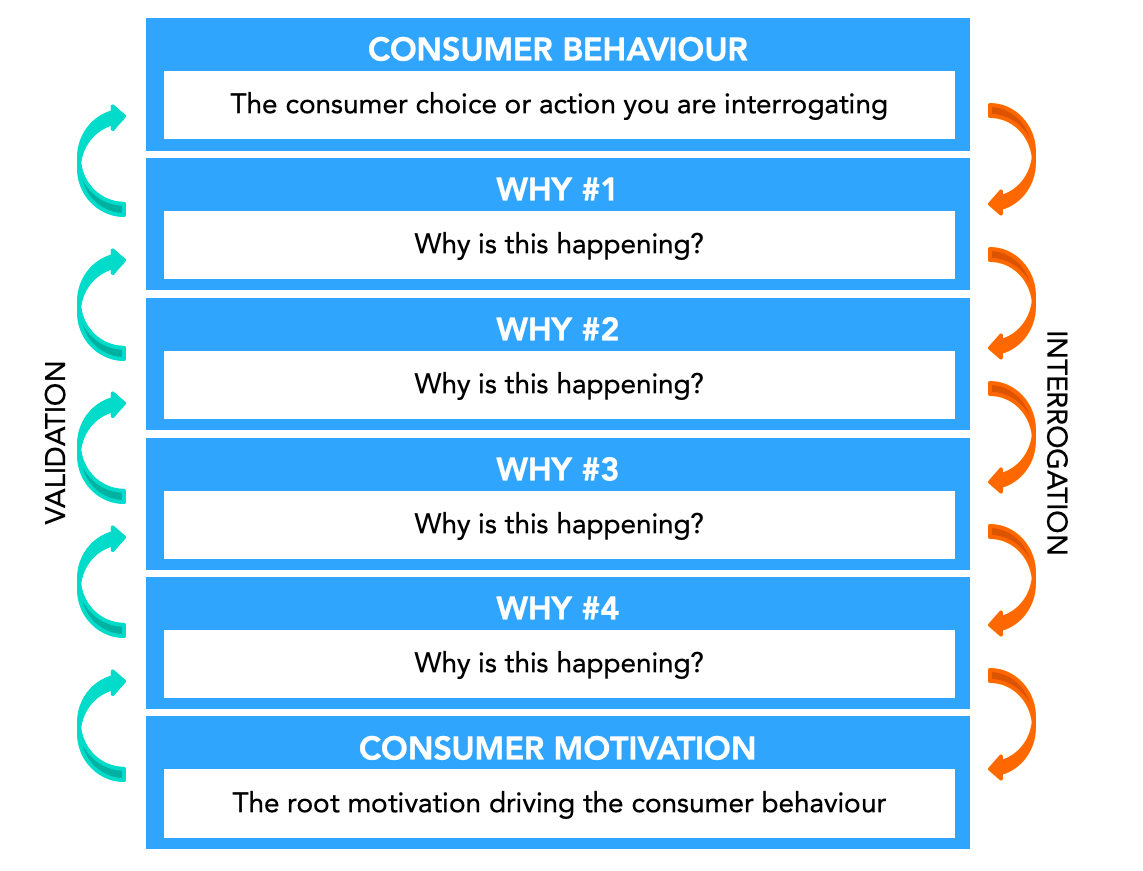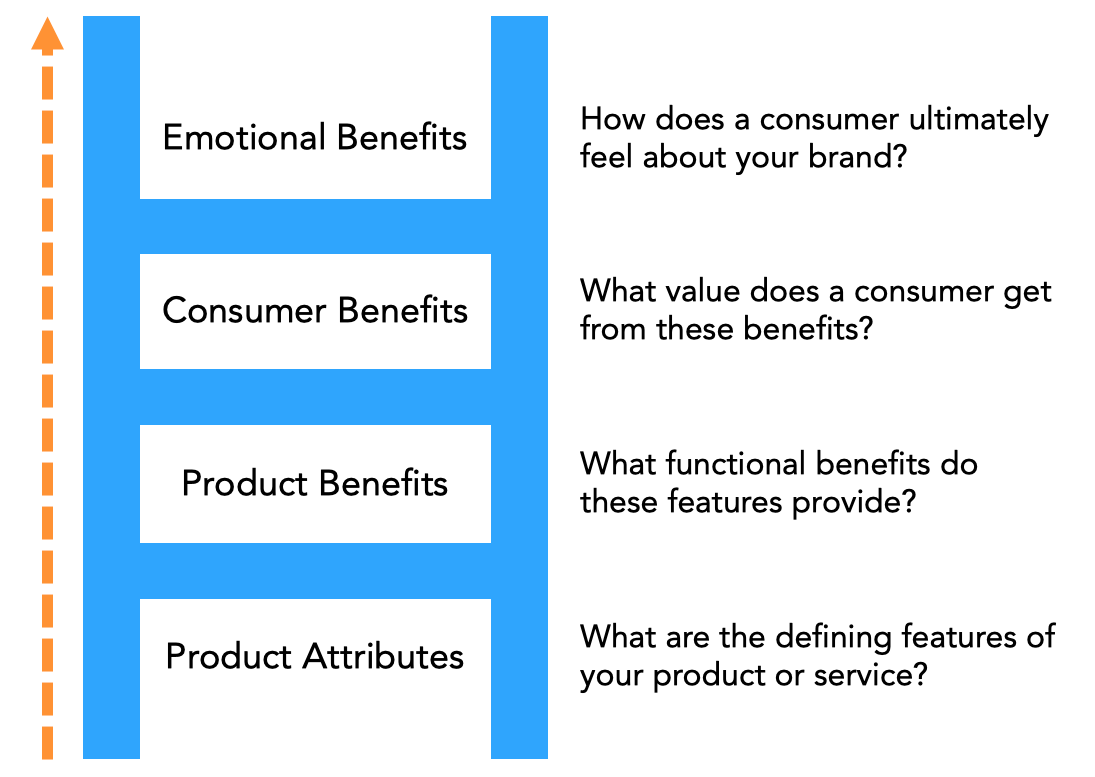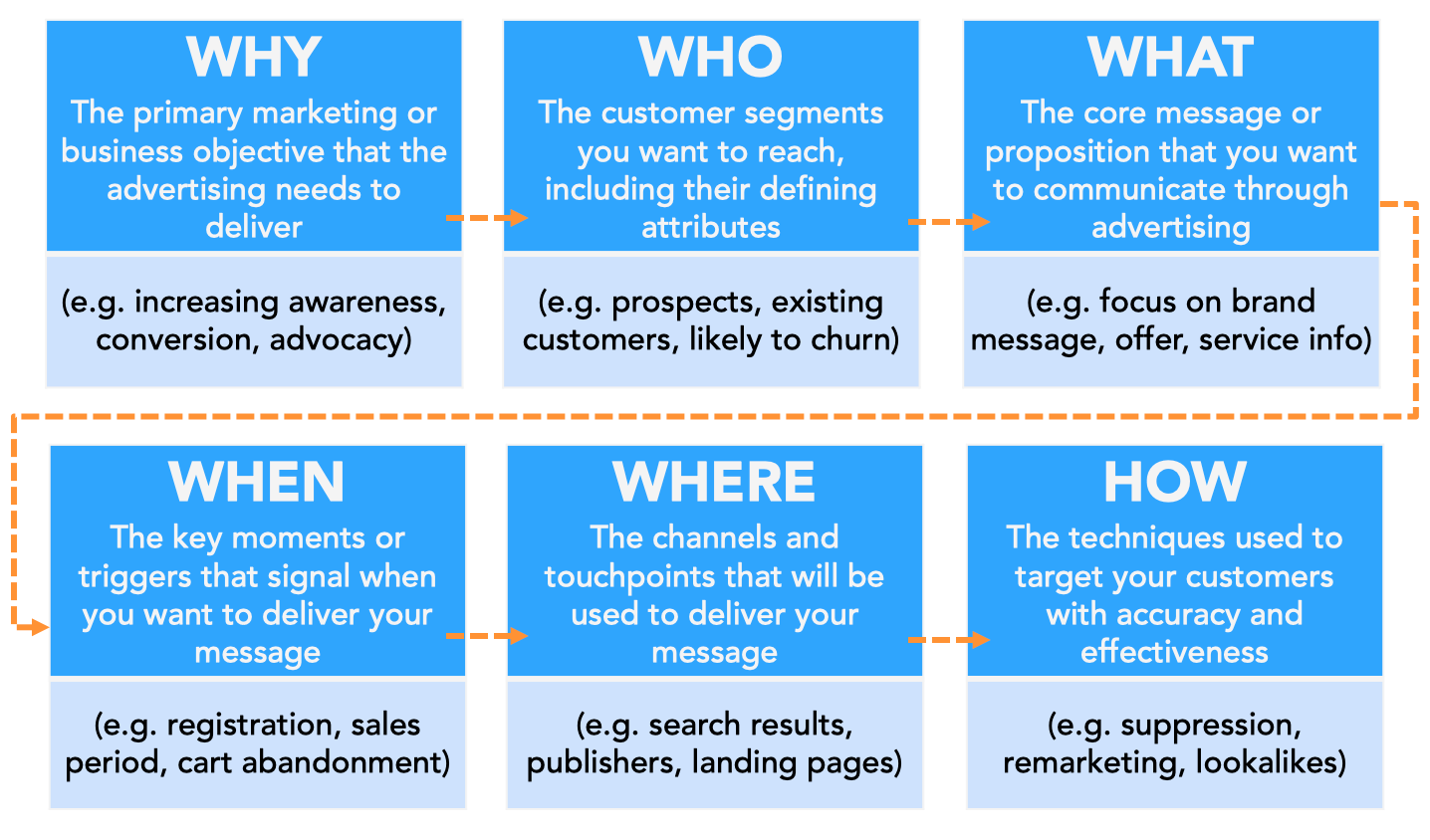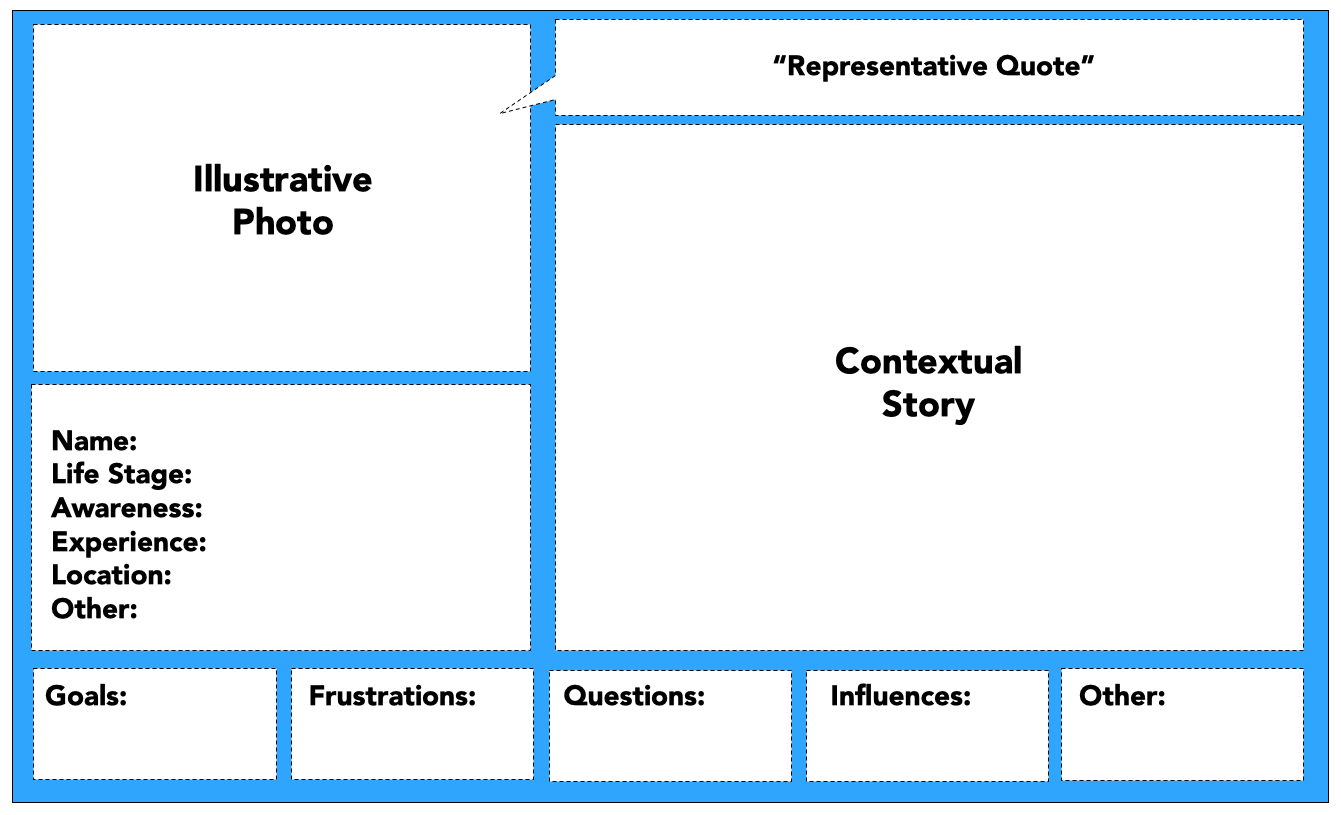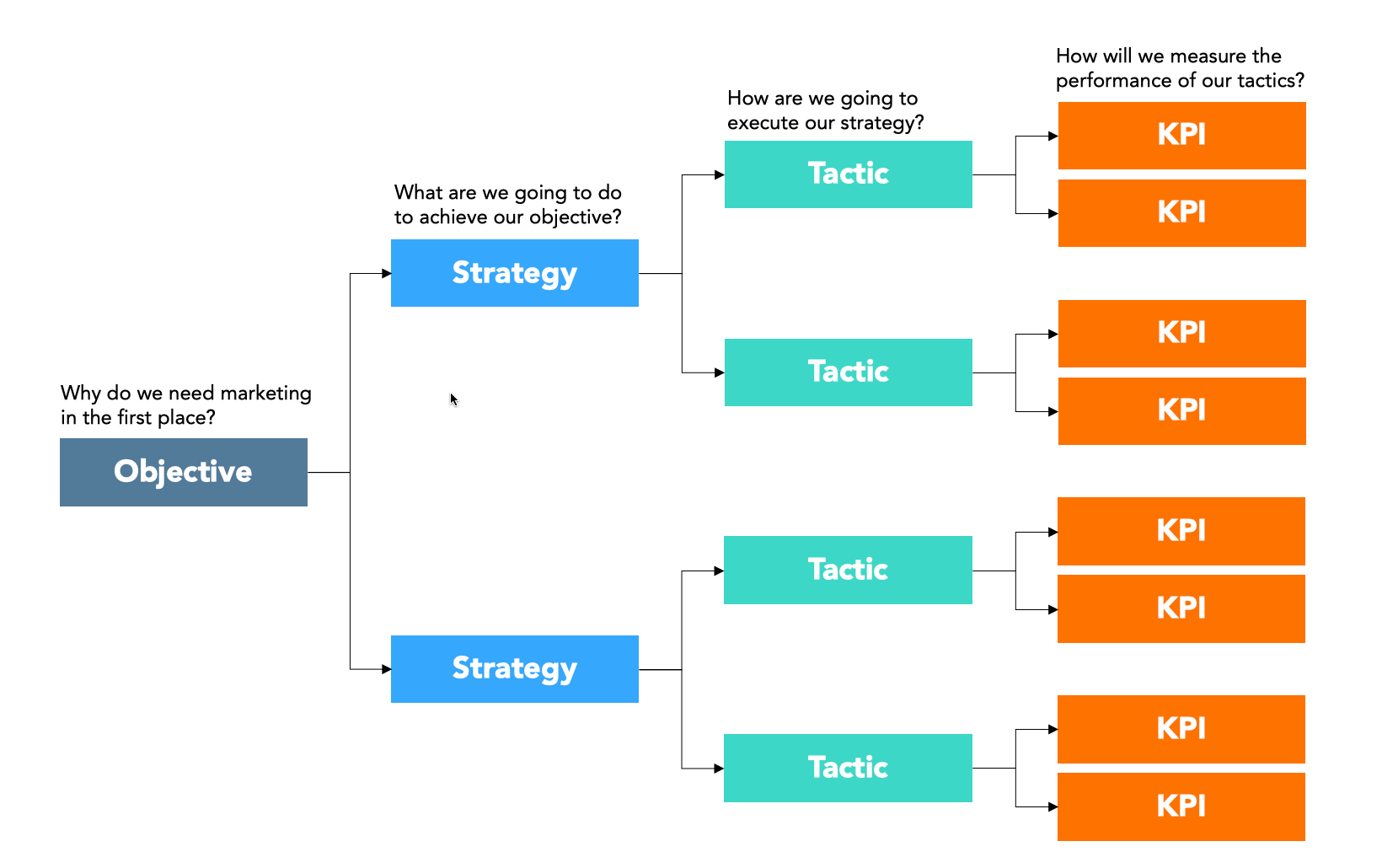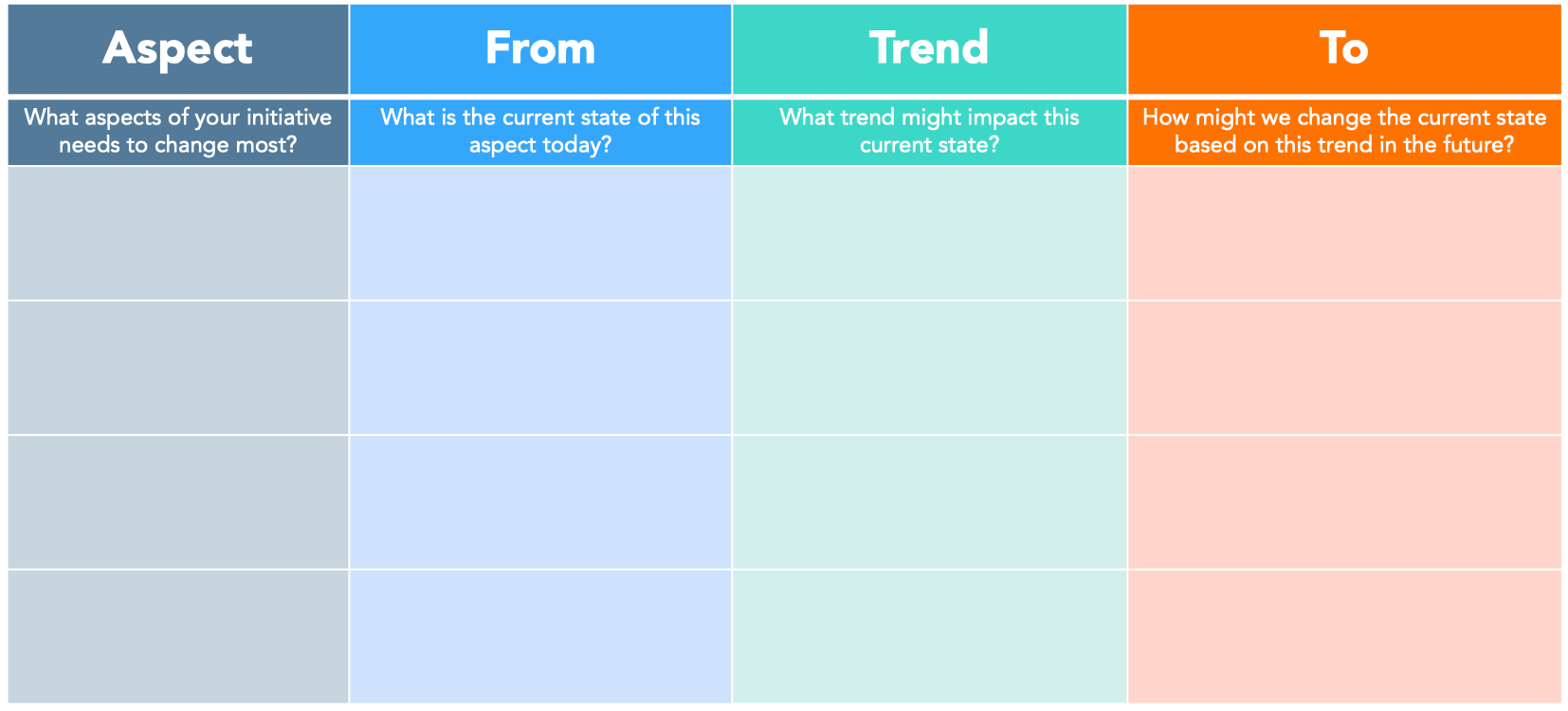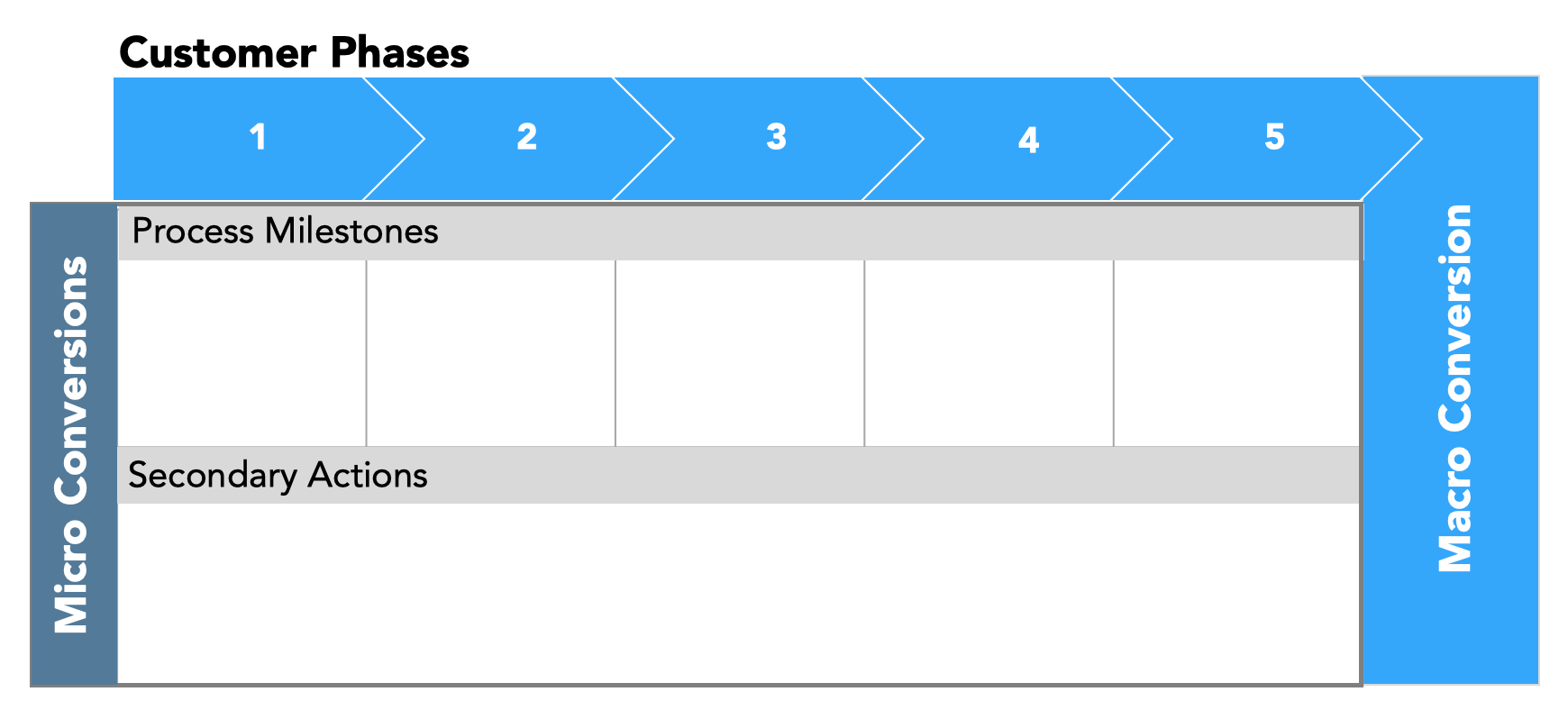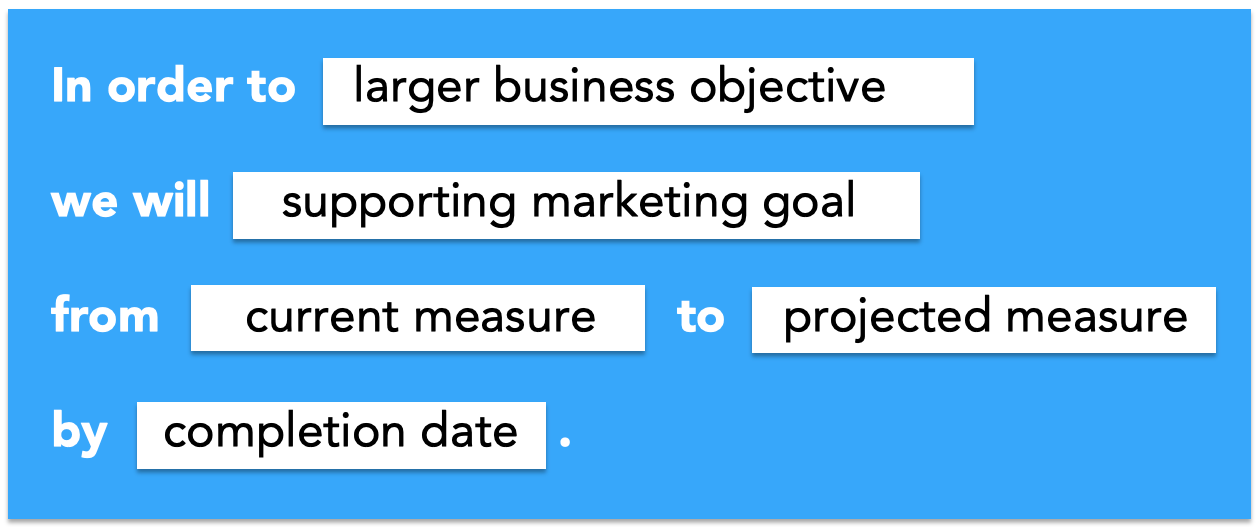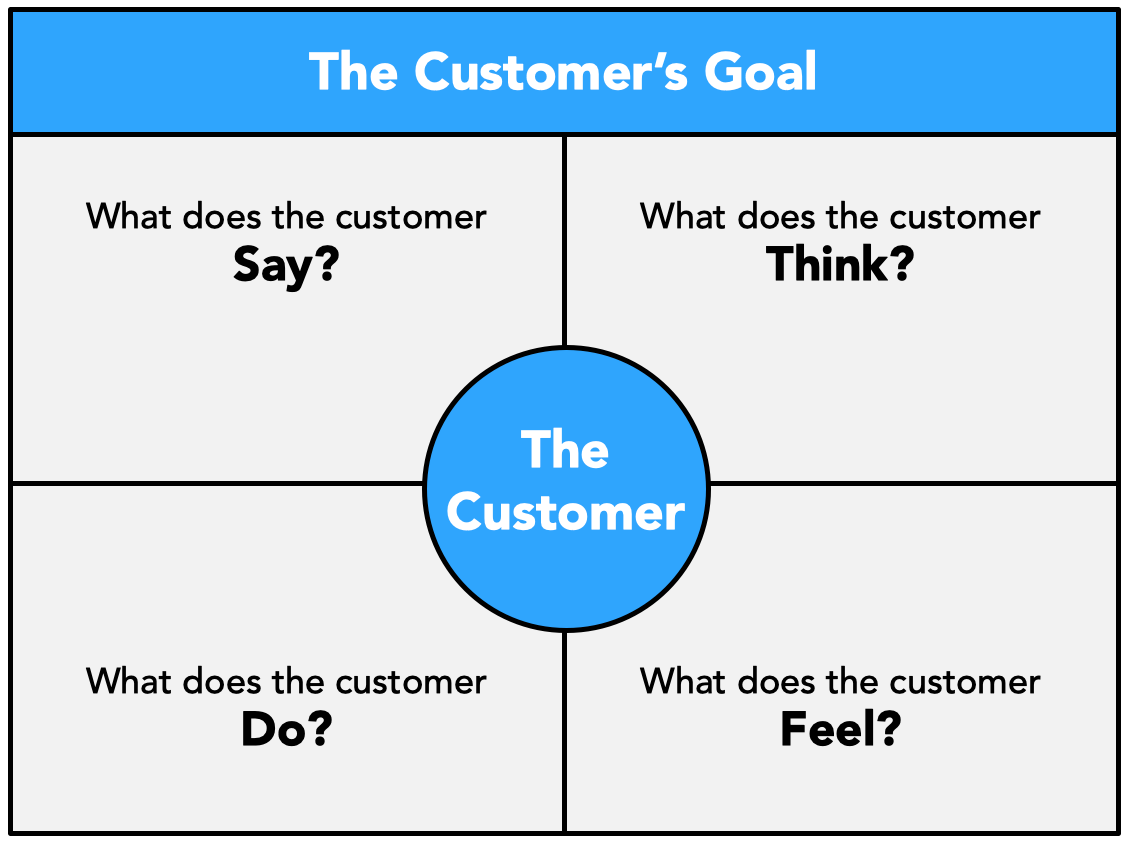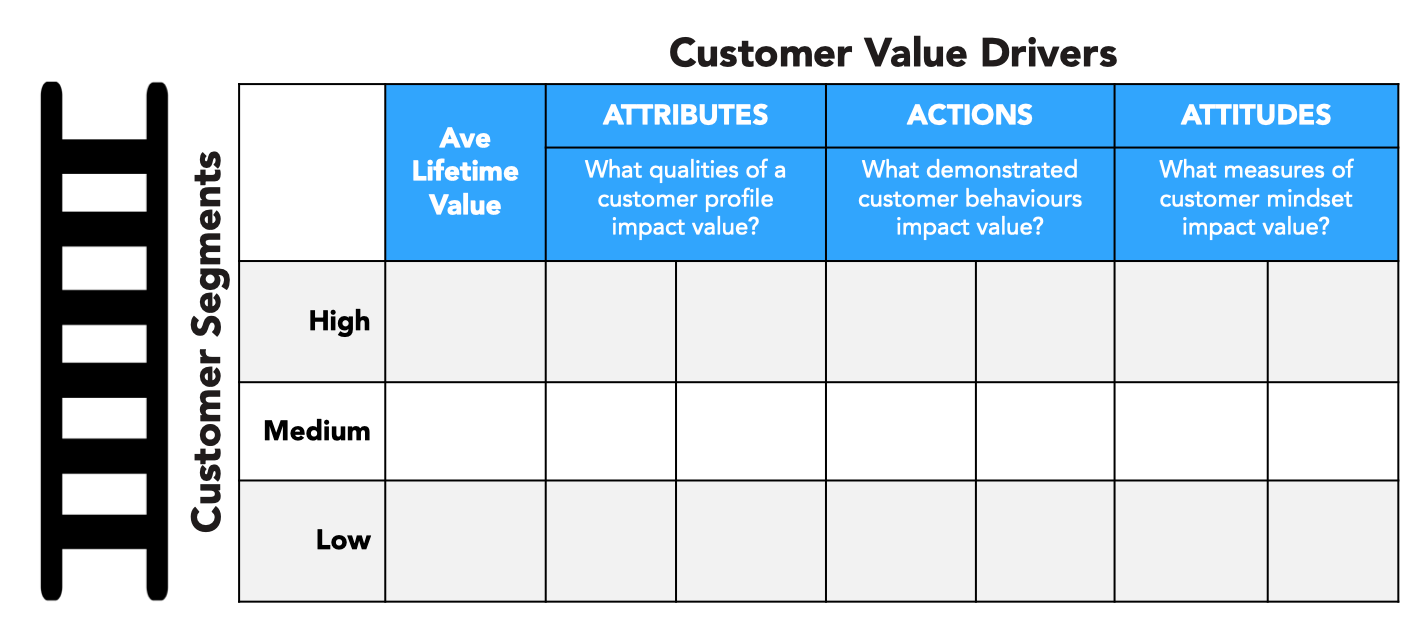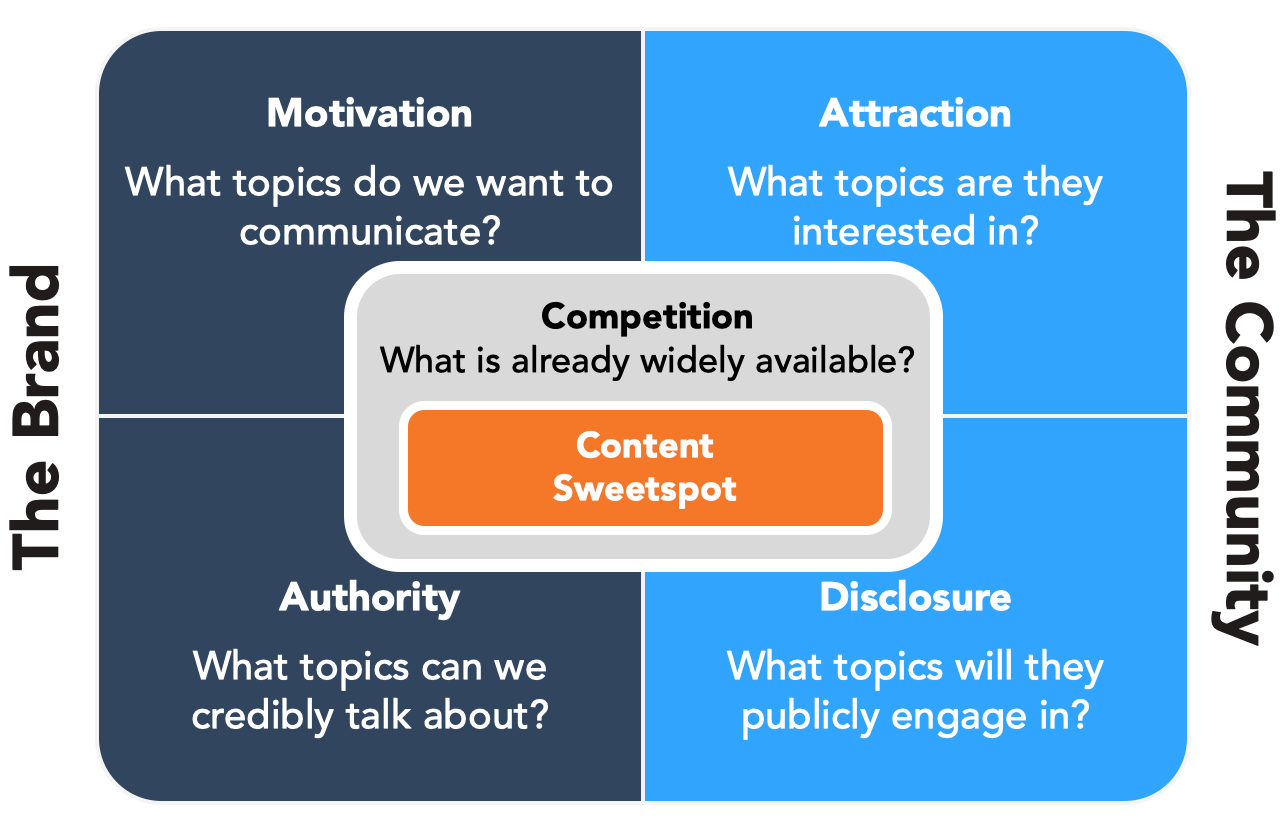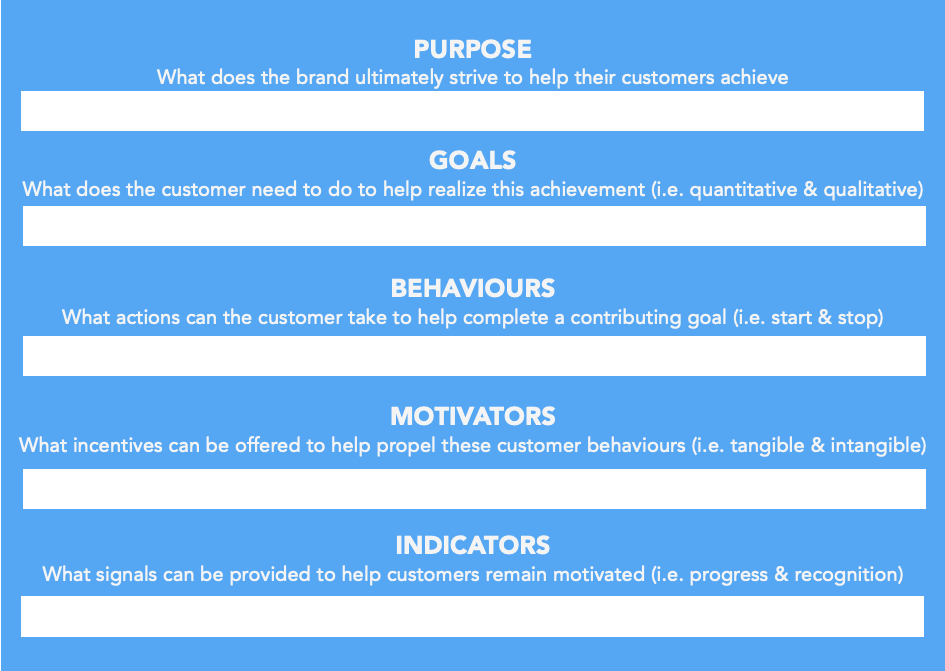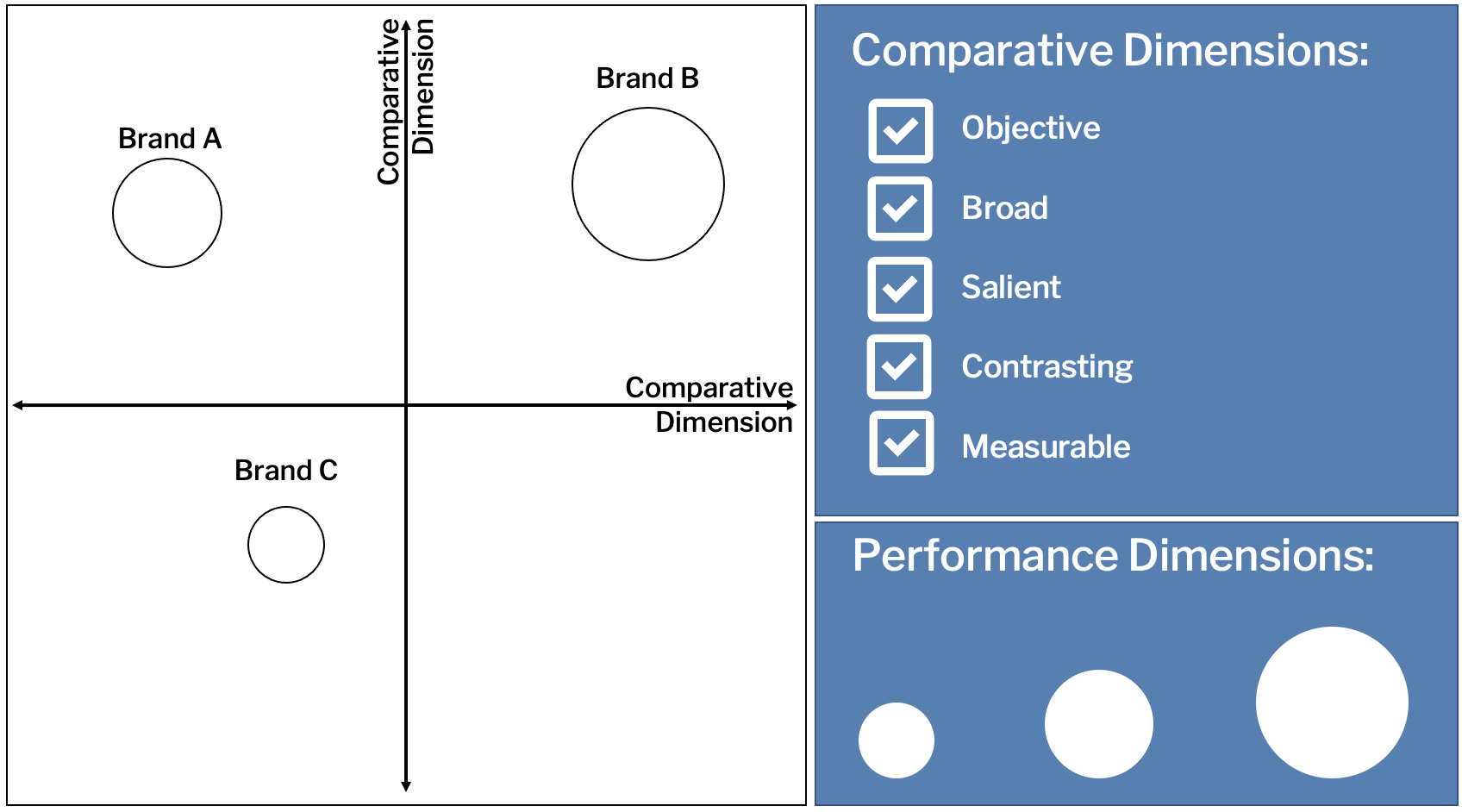Description
The purpose of a Digital Maturity Model is to visualize the how your organization will adopt increasingly sophisticated digital marketing tools and tactics. The Model helps you to illustrate your current state of digital maturity relative to your desired future state. Phases are used to group new digital tools and tactics together coherently, in a sequence that your organization can realistically execute. By planning digital maturity sequentially, you can identify the specific elements that need to be in place to help enable the release of future tools and tactics. Ultimately, the phasing of the Model should align with the overall goals, strategy, and relevant milestones of your business.
Questions
The Digital Marketing Maturity Model helps to answer marketing questions like:
Where are we today in terms of our digital marketing maturity?
How do we want our digital marketing to mature in the future?
What changes to our digital marketing activities will be implemented next?
Steps
Align your team on the goals, strategy, and relevant milestones for your organization. While these will not be included explicitly in your Model, your recommendations need to align to the bigger picture.
Align your team on the scope of what your Model will include and will not include. You can make this explicit by labeling different sections of each phase, represented by the horizontal ‘swim lanes’.
Capture your ‘current state’ of digital maturity as the first phase. Add details in the column by describing your current capabilities relating to the aspects of digital marketing you are capturing in your Model.
Capture the new tactics, features, or marketing use cases you plan to release in each phase of the top row. Organize phases based on the relative time, resources, and complexity associated the items.
For each item added to a future phase, analyze what is required to enable it. Capture these requirements in the bottom row. This will likely lead you to re-phase the different items above based on timing.
Considerations
Consider completing the model with a cross-functional team to validate priorities and feasibility
It can be helpful to add names or themes to each of the phases for internal communication purposes
Ensure everyone understands the Model is a high-level business-view of digital maturity, not a delivery plan

